Why is AirPower rebuilt?
Editor’s note: This article is from the micro-channel public number “love child norm” (ID: ifanr) , Author: Chen Wenjun.
Since it was released in 2017, the name AirPower has been around the world for almost three years, but it should have been on the Apple Store in 2018, but it was announced in March 2019 that the project was cancelled.
But the good news recently from Twitter is that Apple is planning to restart the development of AirPower internally. Analyst Jon Prosser said that Apple engineers are trying to redesign the charging coil and solve the heating problem, and related product prototypes are also being produced.

To say why AirPower was cancelled last year, there have been many rumors on the Internet. Some are because the internal structure of the charging board is too complicated to be mass-produced, and some are because the fever is serious and there are safety risks. But the higher credibility is that Apple has high requirements for this product. While it can charge three devices, it must also ensure that its power and heat are normal.
This requirement, although I can easily describe it in 23 words, has blocked Apple engineers for two years.
In terms of function, this charging board can charge AirPods, iPhone, and Apple Watch simultaneously. In addition to solving the output power of the charging board, it is also necessary to allow devices with different charging protocols to be charged on the same charging board. .
For example, the iPhone and AirPods both use the Qi protocol, as long as the charging pad that complies with the protocol can wirelessly charge them; while the Apple Watch is also the Qi specification, the system uses Apple ’s own private protocol, so Watches require a special charger to charge, and this charger can only be used for watches, it is not valid for other products.
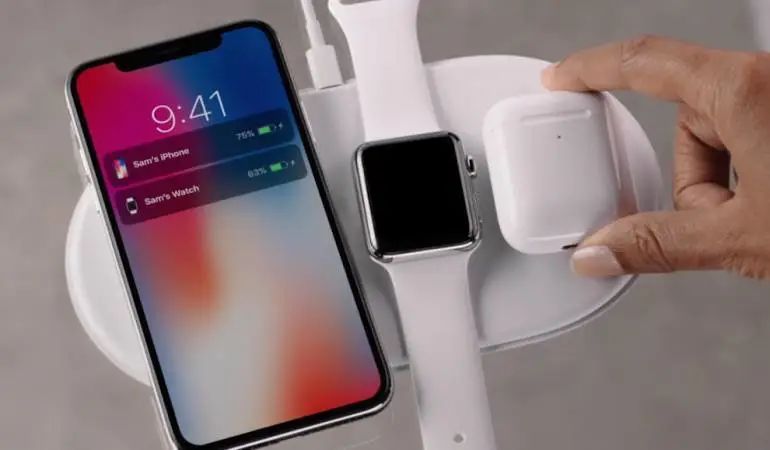
But it is more difficult to charge devices compatible with different protocols. The three devices are not fixed on the charging pad. iPhone and AirPods are okay to say, but the “alternative” Apple Watch protocol may be placed. Anywhere on the charging pad, this greatly increases the difficulty of arranging the charging coils for mobile phones and watches.
In the news of Jon Prosser, he said that the main reason for Apple’s cancellation of AirPower last year was that the prototype has always failed to charge Apple Watch, so he would rather give up the project than launch AirPower that does not support watch charging.
In order to avoid the charging protocol problems encountered by AirPower, although the third-party charging pads are similar in shape to AirPower, they have made compromises on the product.
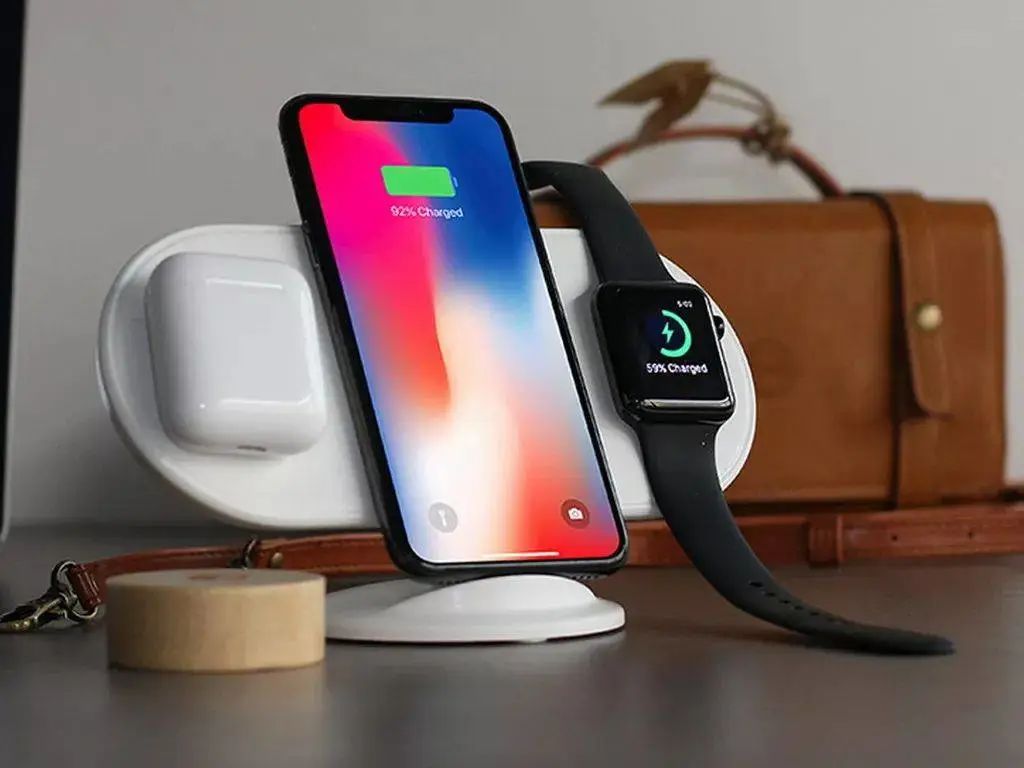
The most common one is the external charging base of the Apple Watch. Although the watch can be charged with other devices at the same time, the power is not from the coil, but an additional charging base.
For example, this charging board from Native Union can theoretically support three devices to charge at the same time, but there is a 12W USB-A interface behind the charging board for connecting to a custom Apple Watch charger.
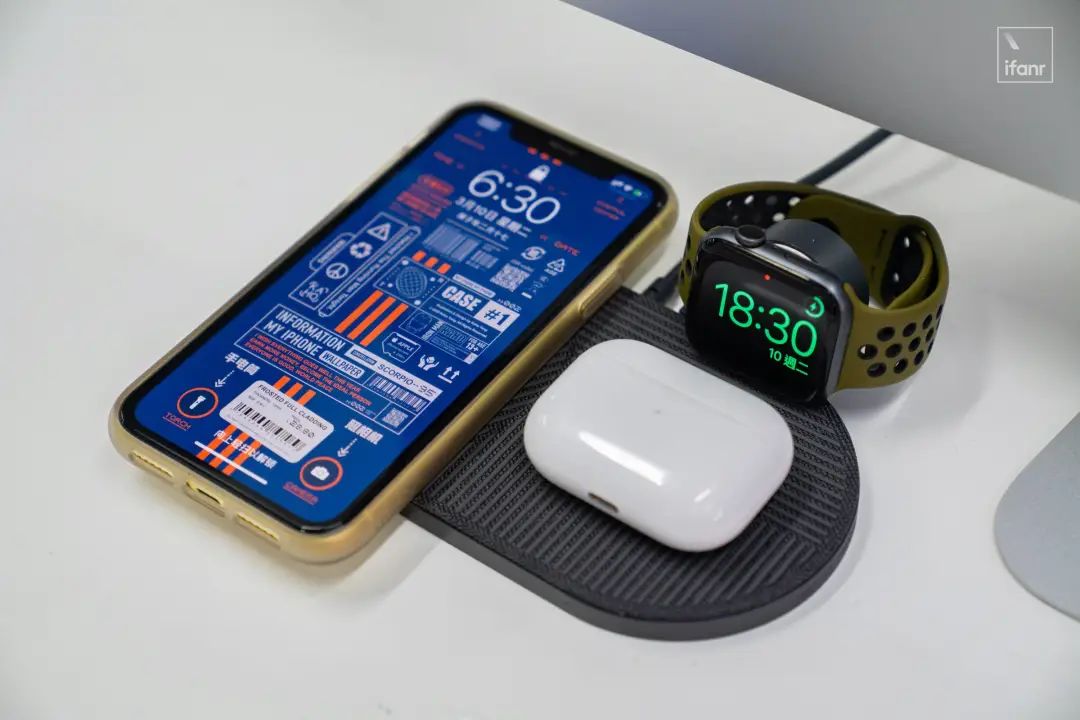
SliceCharge and Unravel are wireless charging pads that use the iPhone and Apple Watch to charge on the charging pad at the same time. The experience is also close to AirPower, but a closer inspection reveals that the internal coils of these charging pads are separated. Yes, Apple Watch can only be fixed atCharge in an area.
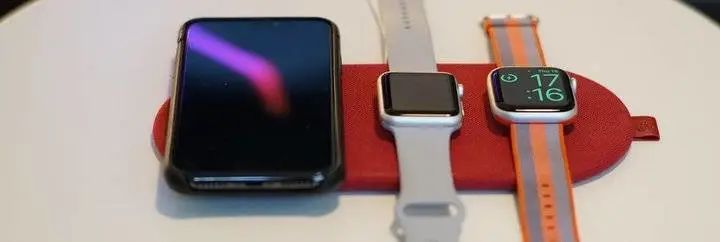
SliceCharge wireless charging pad. Picture from: 9to5mac
Of course, in addition to not being able to charge devices with different protocols at the same time, AirPower’s multi-coil design has also become the last straw to overwhelm this product. In order to realize the experience that users can place and charge their devices at will, there are as many as 20 induction coils in the AirPower (the first is 22).
With the increase of the coil, the heat of the charging board also increases, and because there is no cooling fan inside the charging board, the heat generated during the operation of the 20 coils has become the most difficult problem for Apple engineers.
For the third-party manufacturers with less stringent requirements, the easiest and most straightforward way to deal with this problem is to reduce the number of coils, from the 20 coils designed by Apple to AirPower to single digits. “Charging” at the cost of reducing heat generation.
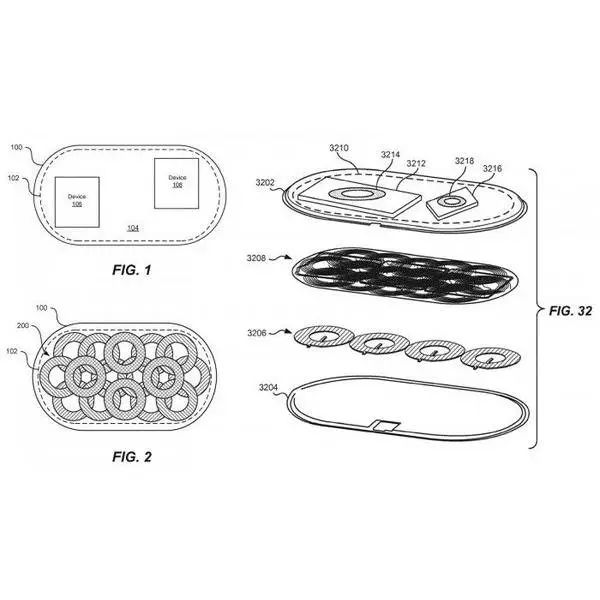
Even so, these third-party charging boards still need a practical or clever design to dissipate heat and maintain normal output power.
Although some plastic case charging plates are thick, they will be equipped with fans to dissipate heat. Although metal case charging plates have no fans, they will take advantage of the good thermal conductivity of metal to “passively dissipate heat.”
But it’s clear that AirPower with 20 coils cannot radiate all the heat through the metal case, and because of the shape and thickness of the charging plate, Apple does not want to add a fan in the charging plate, which keeps AirPower Without passing the thermal test, the market has been delayed.
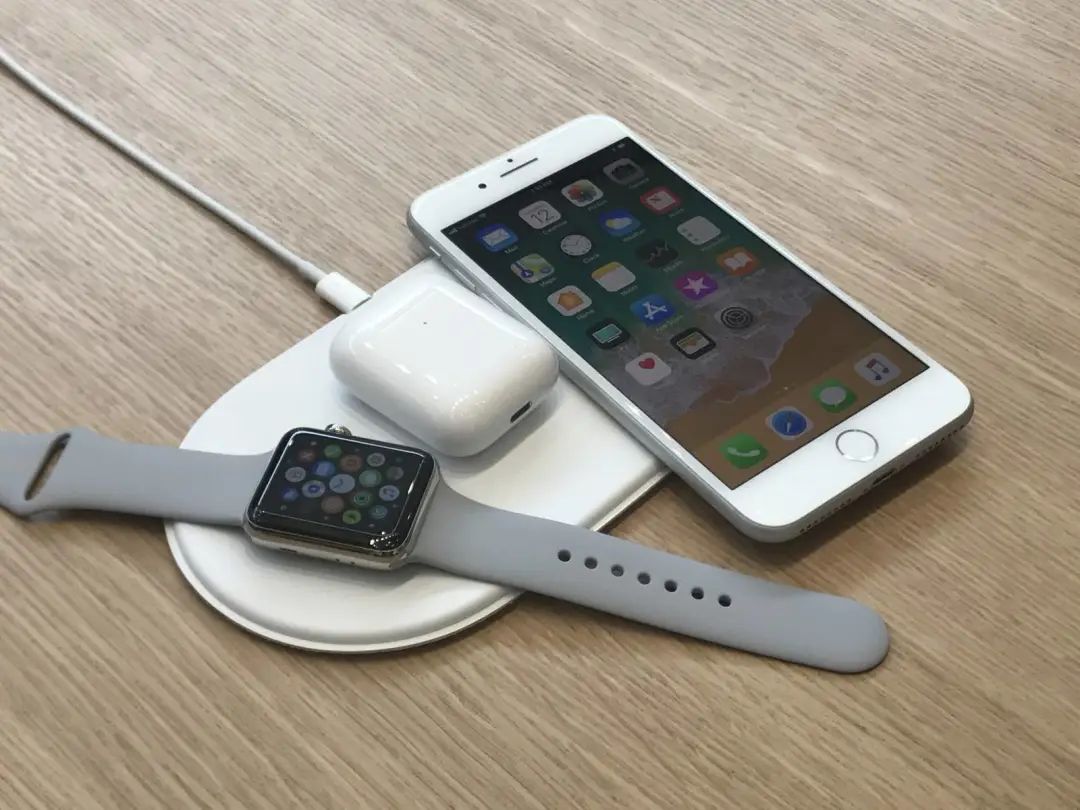
In addition, Apple also needs to solve the interference between the induction coils. Unlike other charging boards, AirPower’s coils are stacked instead of tiled. It will cause the power supply to be overheated or insufficient when the charging board is working, and eventually affect the working efficiency of the charging board.
So what Apple is trying to solve is not only heat generation, but also the magnetic field interference in the stacked coil design. Under AirPower’s existing design conditions, these two issues have become the main obstacles to market launch.
Can’t stacked design be used on wireless charging pads? not always. This charging board of Zens Liberty has 16 coils built in, and the arrangement is almost the same as that of AirPower. The coils are almost covered with the entire panel, which can charge devices that are placed randomly.
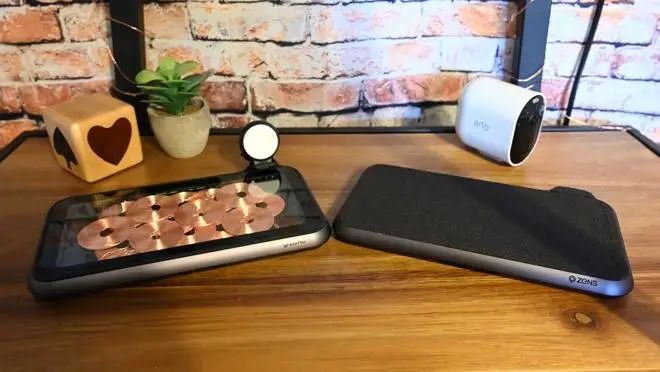
Image from: Appleinsider
However, the thickness of Zens Liberty is much thicker than AirPower, which allows the coil to have more cooling space and place independent power supply and control modules. In Appleinsider’s evaluation, this sentence reflects the way that the Zens Liberty coil is powered independently: The device can be placed on the surface at will, but when the device is moved, the device will be powered off and recharged with the neighboring coil. This process About 3-4 seconds.
So even though Zens Liberty uses stacked coils, the volume and thickness of the device exceeds Apple ’s requirements for AirPower, and this is only the size and volume of 16 coils. If 20 coils are used, then AirPower ’s It’s even bigger than Zens Liberty.
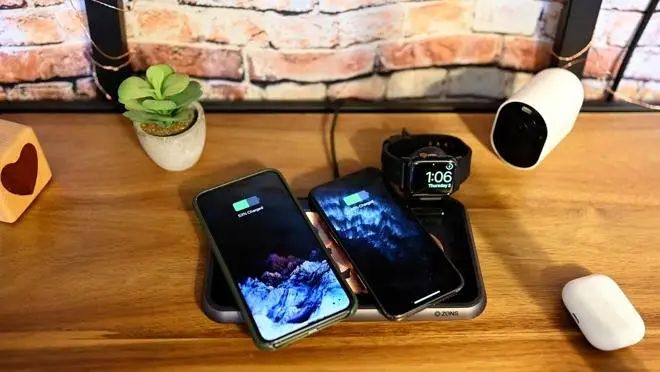
Image from: Appleinsider
From this point of view, Apple’s requirements for AirPower are almost perfect. It must not only meet Apple’s design requirements in appearance, but also have the functions and performance to achieve the multi-device charging and free-standing charging experience promised at the time.
However, under the current conditions, “exquisite appearance” and “strong performance” cannot be met at the same time. Even a third-party charging board with less stringent product requirements can only be made in appearance or performance. Compromise, and finally get an experience close to AirPower.
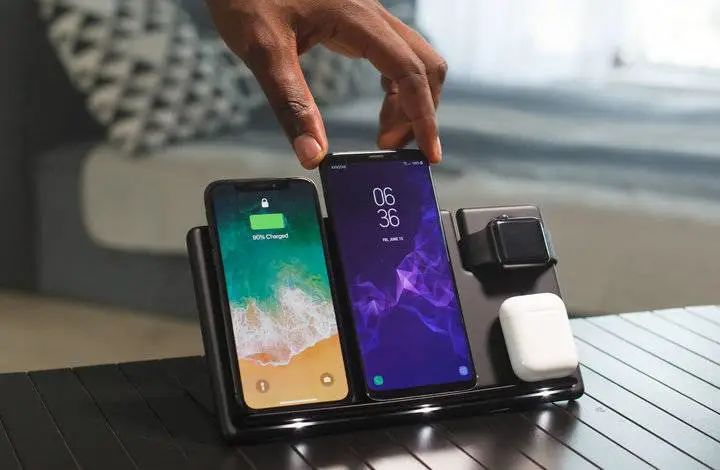
So, in the face of AirPower, the ideal perfect goal, Apple engineers can overcome more than one problem, but a series of problems. If we put these problems into a “to-do list”, then we can Know why AirPower has been slow to hit the market.
Multi-device charging: add coils and solve the charging problem between devices with different charging protocols;
Multi-coil heating: improve the heating of the induction coil;
Unstable charging: solve the interference between the induction coils and optimize the power supply strategy;
Charging board cooling: improve the cooling performance of the charging board itself.
Seeing this, you may be wondering, since there are so many problems, why should Apple stick to AirPower again?
In fact, from the perspective of the current third-party charging pad, there is still a possibility that AirPower will be created, but the final product may not be a charging pad with only two palms as we see now, but rather a thicker one. A larger charging device, because a fan needs to be added to the charging board to ensure that the coils work properly, and the larger internal space can also have better heat dissipation. At the same time, the interference between the coils can be reduced by means of an independent power supply unit. .
But Apple did not choose to do so, at least not now.
